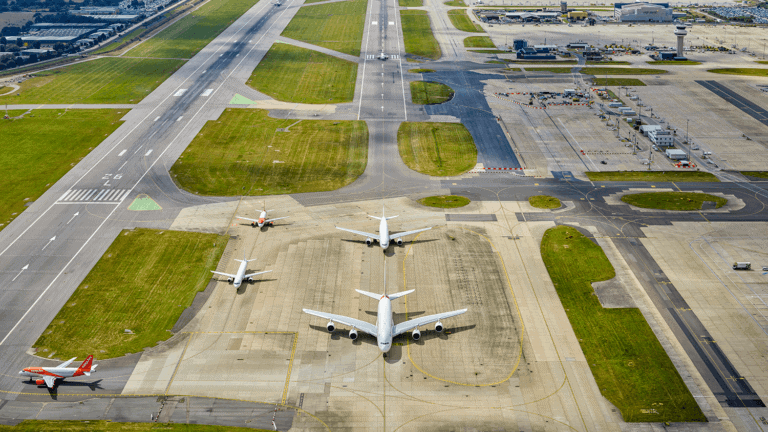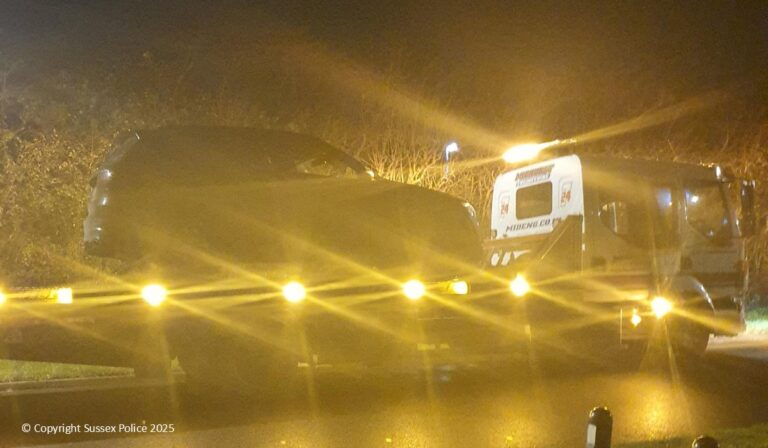Gatwick Airport Expansion Gets Green Light
The UK Government has officially approved Gatwick Airport’s second runway project, paving the way for one of the biggest aviation infrastructure changes in decades. The £2.2 billion privately funded expansion will see the northern runway repositioned 12 metres north, allowing it to be used alongside the main runway for the first time in Gatwick’s history.
This long-debated decision is set to reshape air travel in the South East, boost the local economy, and add thousands of new jobs — but it also comes with strict environmental and transport conditions.
Key Facts About Gatwick’s Second Runway
Cost: £2.2 billion (privately funded)
Jobs created: Around 14,000 new roles
Economic impact: Estimated £1 billion per year for the region
Flight capacity: Up to 100,000 extra flights annually
Passenger growth: Up to 75 million passengers a year by late 2030s
Government Conditions for Approval
The runway approval is not unconditional. Ministers have attached several requirements to balance growth with environmental and community impact:
Noise reduction: Gatwick must introduce new measures to cut noise levels for nearby residents.
Public transport targets: More than 50% of passengers must access the airport by train, bus, or coach.
Infrastructure upgrades: Road improvements, taxiway extensions, new terminal facilities, and enhanced gate capacity.
Environmental safeguards: Carbon and air quality standards will be closely monitored throughout construction and operation.
Economic Benefits for the South East
Supporters of the project argue the expansion will unlock significant benefits for both the local and national economy.
Job creation: 14,000 direct and indirect roles across aviation, hospitality, logistics, and retail.
Tourism boost: More long-haul flights will strengthen Gatwick as an international hub.
Business growth: Increased cargo and trade capacity for UK exporters.
Gatwick Airport bosses say the project is “essential for future growth” and will ensure the UK remains competitive with other European hubs.
Local Concerns and Criticism
Not everyone is celebrating the decision. Environmental groups and community organisations warn the second runway could:
Increase carbon emissions at a time when the UK has pledged to cut aviation’s environmental impact.
Lead to higher noise pollution for thousands of residents across Surrey, Sussex, and Kent.
Put pressure on already stretched rail and road networks unless promised upgrades are delivered quickly.
Campaigners argue the government is prioritising economic growth over climate commitments, while some local councils are considering legal challenges.
What Happens Next?
Construction is expected to begin within the next two years, with the aim of having the second runway operational by the end of the decade. However, legal challenges, planning appeals, and infrastructure delays could push that timeline further.
For now, passengers can expect gradual improvements at Gatwick — including terminal upgrades, new stands, and more efficient taxiways — ahead of the runway’s full launch.
Conclusion
he approval of Gatwick Airport’s second runway marks a major milestone for UK aviation. It promises more flights, more destinations, and a stronger economy, but it also raises difficult questions about climate impact, noise pollution, and infrastructure readiness.
Whether it becomes a success story or a flashpoint for environmental opposition will depend on how effectively Gatwick balances growth with responsibility.













Add your first comment to this post